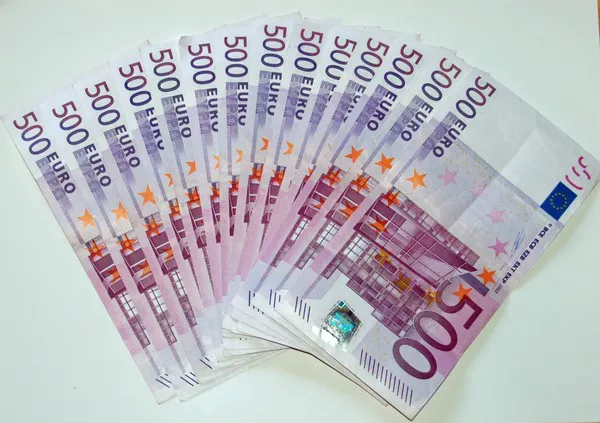The foreign exchange market is characterized by constant fluctuations in currency exchange rates. Traders and investors closely monitor these movements to capitalize on potential opportunities. In this article, we will delve into the factors influencing the euro rate and analyze its prospects for the upcoming week. By considering both fundamental and technical indicators, we aim to provide a comprehensive outlook for traders and individuals interested in the euro’s performance.
1. Global Economic Factors Impacting the Euro Rate:
Macroeconomic Indicators:
GDP Growth: The Eurozone’s economic performance plays a significant role in determining the strength of the euro. Positive GDP growth figures typically support a higher valuation.
Inflation Rates: Rising inflation may lead to expectations of future interest rate hikes, which can strengthen a currency. Conversely, low inflation can have a negative impact.
Unemployment Rates: Lower unemployment rates indicate a robust economy and often contribute positively to a currency’s value.
Central Bank Policies:
European Central Bank (ECB): The ECB’s monetary policy decisions, such as interest rate changes or quantitative easing programs, can significantly influence the euro rate.
Fiscal Stimulus Measures: Announcements of fiscal stimulus packages aimed at boosting economic growth can impact market sentiment and consequently affect the euro’s performance.
2. Political and Geopolitical Developments:
Brexit: As the United Kingdom formally exited the European Union, ongoing negotiations and any subsequent trade agreements can create volatility and uncertainty, leading to fluctuations in the euro rate.
Trade Relations: Changes in trade policies, particularly with major trading partners like the United States or China, can impact the euro rate due to their effect on the Eurozone’s export-oriented economies.
3. Technical Analysis:
Technical analysis involves examining historical price patterns and market trends to identify potential future movements. Traders often employ various indicators such as moving averages, support and resistance levels, and trend lines to make informed trading decisions. By analyzing these technical indicators, traders can gain insights into potential euro rate movements during the week.
4. Market Sentiment:
Market sentiment plays a crucial role in forex trading. Economic news releases, geopolitical events, and investor sentiment can all affect market participants’ perception of the euro’s value. Monitoring economic calendars for scheduled data releases and major announcements can help anticipate potential market reactions and their impact on the euro rate.
Conclusion:
Predicting short-term currency movements is inherently challenging due to the complex interplay of numerous factors. While it is impossible to definitively forecast the euro rate for the upcoming week, a comprehensive analysis of fundamental factors, political developments, technical indicators, and market sentiment can provide valuable insights into potential trends. Traders and investors should exercise caution, conduct thorough research, and consider utilizing risk management strategies while making decisions based on the outlook presented in this article.
Please note that currency markets are subject to volatility and unforeseen events, which may significantly deviate from expectations. It is advisable to consult with a financial professional or conduct further research before making any investment decisions.


